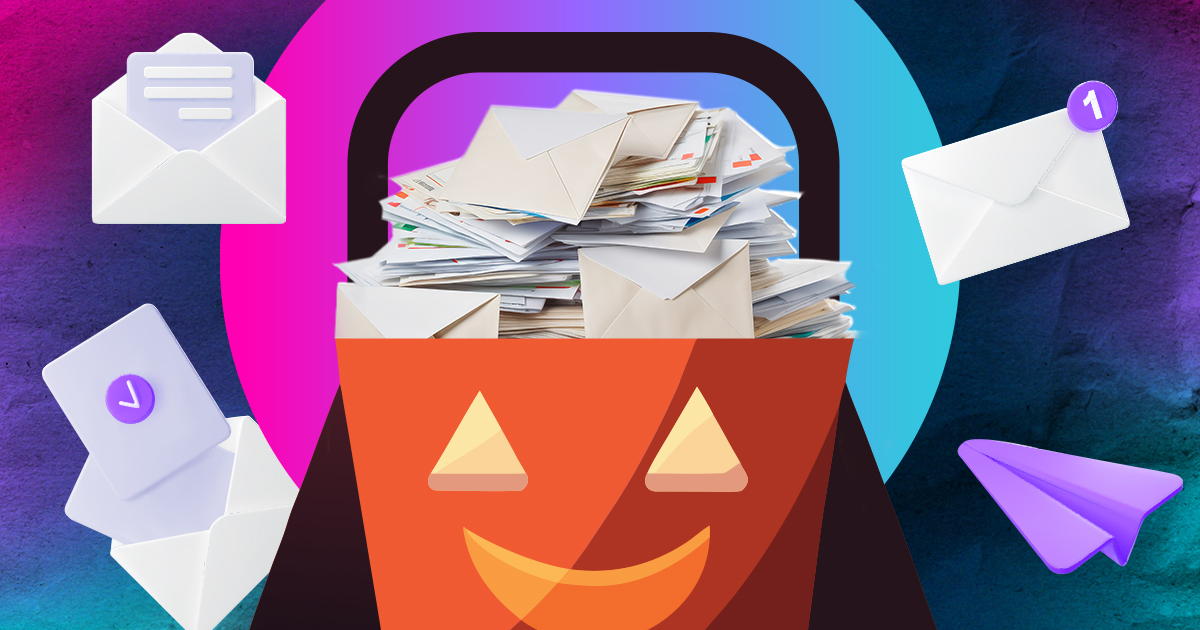
Leveraging Direct Mail Throughout the Customer Lifecycle - Part 2
Taking the Stage

Direct mail can serve as a powerful tool across every stage of the customer lifecycle, and it all begins by identifying opportunities for improvement in customer experience areas and gaps that need to be filled.
In the “Awareness” stage, direct mail stands out in a cluttered digital environment by offering innovative designs, textures, and formats that can captivate recipients' attention, making your brand memorable right from the start. Better awareness can lead to a 20 to 30 percent increase in engagement. That’s why a great first impression is an essential beginning step.
Best-practice programs weave in high-impact, low-cost print materials at the top of the funnel. What’s more, organizations are now able to create moments of elevation in their messaging, while introducing true moments of insight for prospects. For instance, a creatively designed postcard or a well-crafted brochure can pique curiosity and initiate the customer journey effectively.
Introduce Yourself

During “Engagement,” the physical nature of direct mail fosters a deeper connection than do digital channels. Recipients are more likely to spend time engaging with mail, flipping through pages, and examining content. This hands-on experience creates a stronger emotional connection, leading to better brand recall and message retention. For example, interactive elements such as QR codes, augmented reality, or video can further enhance engagement.
Thought Leadership

Personalization is key during the “Consideration” stage, and direct mail offers ample opportunities for tailored communication. By leveraging customer data and segmentation, marketers can create highly relevant mailings that address individual preferences, pain points, and aspirations. Personalized mailings can significantly influence purchase decisions and move prospects closer to conversion. Organizations that include direct mail in the consideration stage typically see a 20 to 30 percent spike in engagement.
Meeting Maker

Direct mail is a powerful driver of the “Conversion” stage by delivering purchase-oriented calls to action. Including incentives such as coupons, free samples, or limited-time offers invites recipients to respond immediately. Additionally, integrating direct mail with digital channels through personalized URLs (PURLs) or QR codes enables seamless online conversions, tracking, and attribution, maximizing the effectiveness of marketing campaigns.
Organizations that succeed in converting a high percentage of prospects to customers typically focus on addressing pain points and delivering incentives to act, including offering free trials, discounts, recognition, and gifts. Creating moments of connection and elevation can help marketers achieve breakthrough results. Organizations that develop effective conversion methods see a 15 to 30 percent boost in interest.
Sales Acceleration

Direct mail has its uses during the “Retention” stage, too. The physical nature of direct mail creates a sensory experience that leaves a lasting impression on recipients. Unlike transitory digital ads, physical mailings have a longer shelf life, often occupying physical space in homes or offices and serving as constant reminders of the brand. Sending a personalized thank-you note or exclusive offers to existing customers strengthens relationships and increases share of wallet and leads to higher customer retention.
What does best-practice customer retention look like? Key experiences include moments of connection, elevation, and celebration. An organization must re-engage on the customer’s terms, acknowledge key personal or professional milestones and achievements, offer the right incentives, and engage in other activities that enhance the relationship.
Customer Retention

Finally, targeted mailings play a crucial role in nurturing and retaining customers during the “Loyalty” stage. By segmenting the customer base and sending relevant content and offers, brands can demonstrate appreciation and value to their most valuable customers. Creating loyal customer advocates requires a focus on moments involving connection, elevation, and celebration.
This can take many forms that span the digital and physical realms, including direct appreciation and acknowledgement, rewards related to referrals or references, soliciting reviews from loyal customers, conducting surveys, and doing product beta testing. Exclusive invitations to events, early access to new products, or personalized anniversary or birthday gifts can also all solidify loyalty and turn customers into active brand advocates loyal customers.
Appreciation

Direct mail offers a multifaceted approach to engaging customers throughout their journey. By leveraging its unique attributes, direct mail enhances the customer experience, drives conversions, and strengthens brand relationships, ultimately leading to sustainable business growth.
For more about direct mail and the lifecycle, be sure to read Part 1: Fusion of Tradition & Innovation.
Or check out the next part in the series, Part 3: Lifecycle Strategies.



